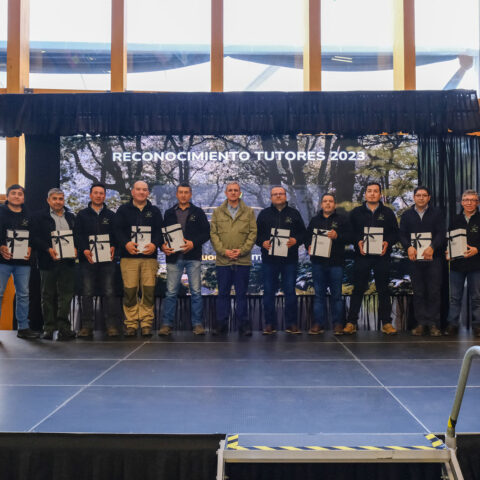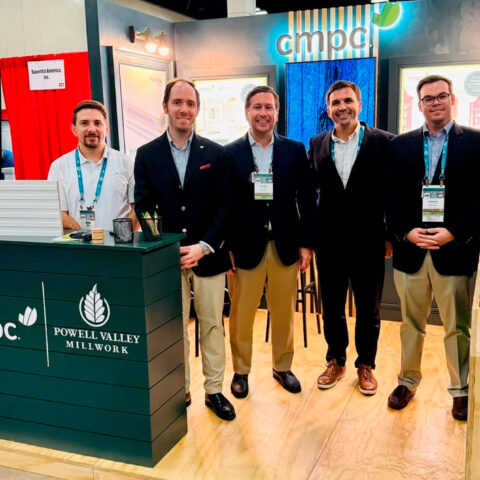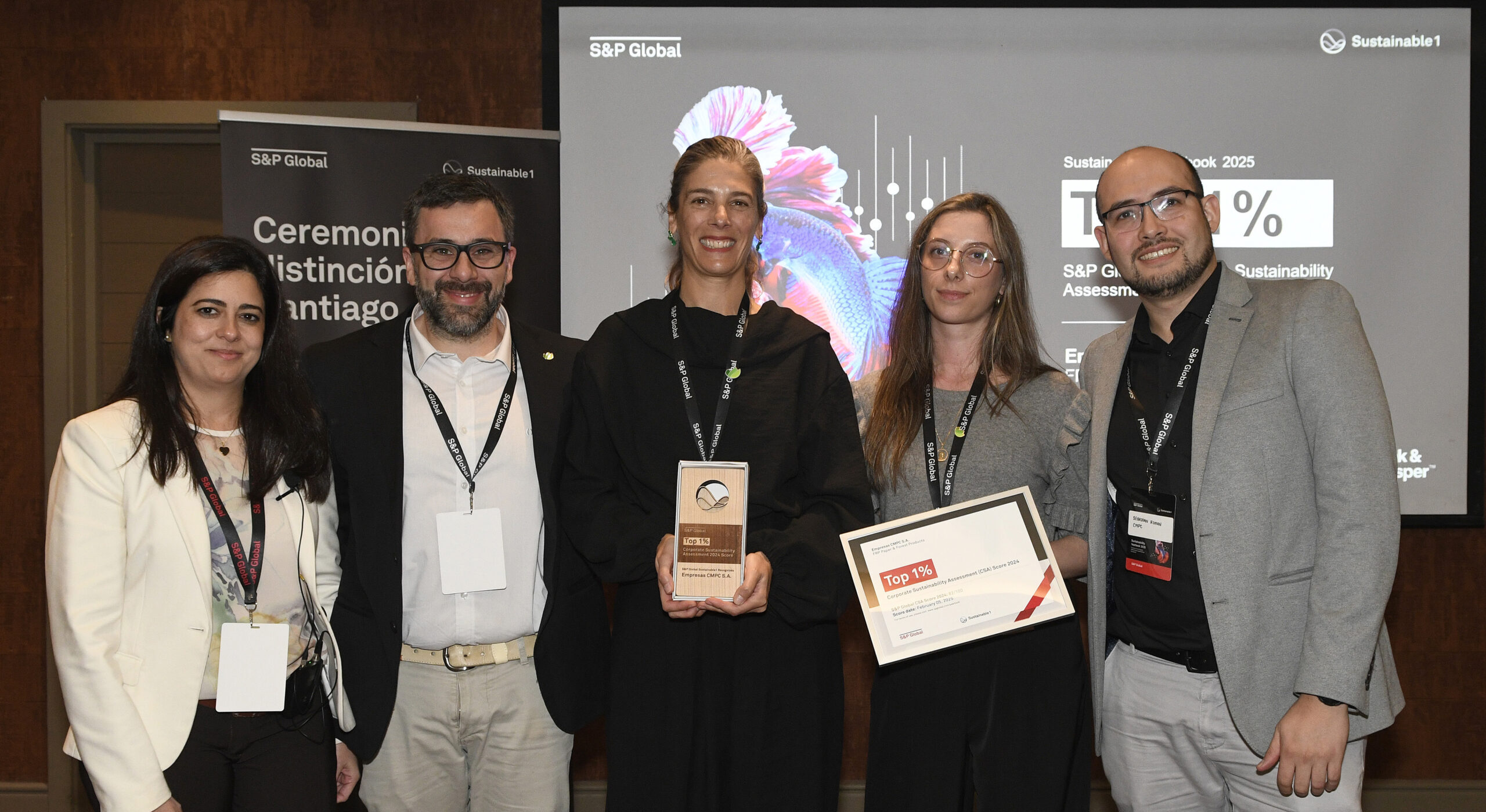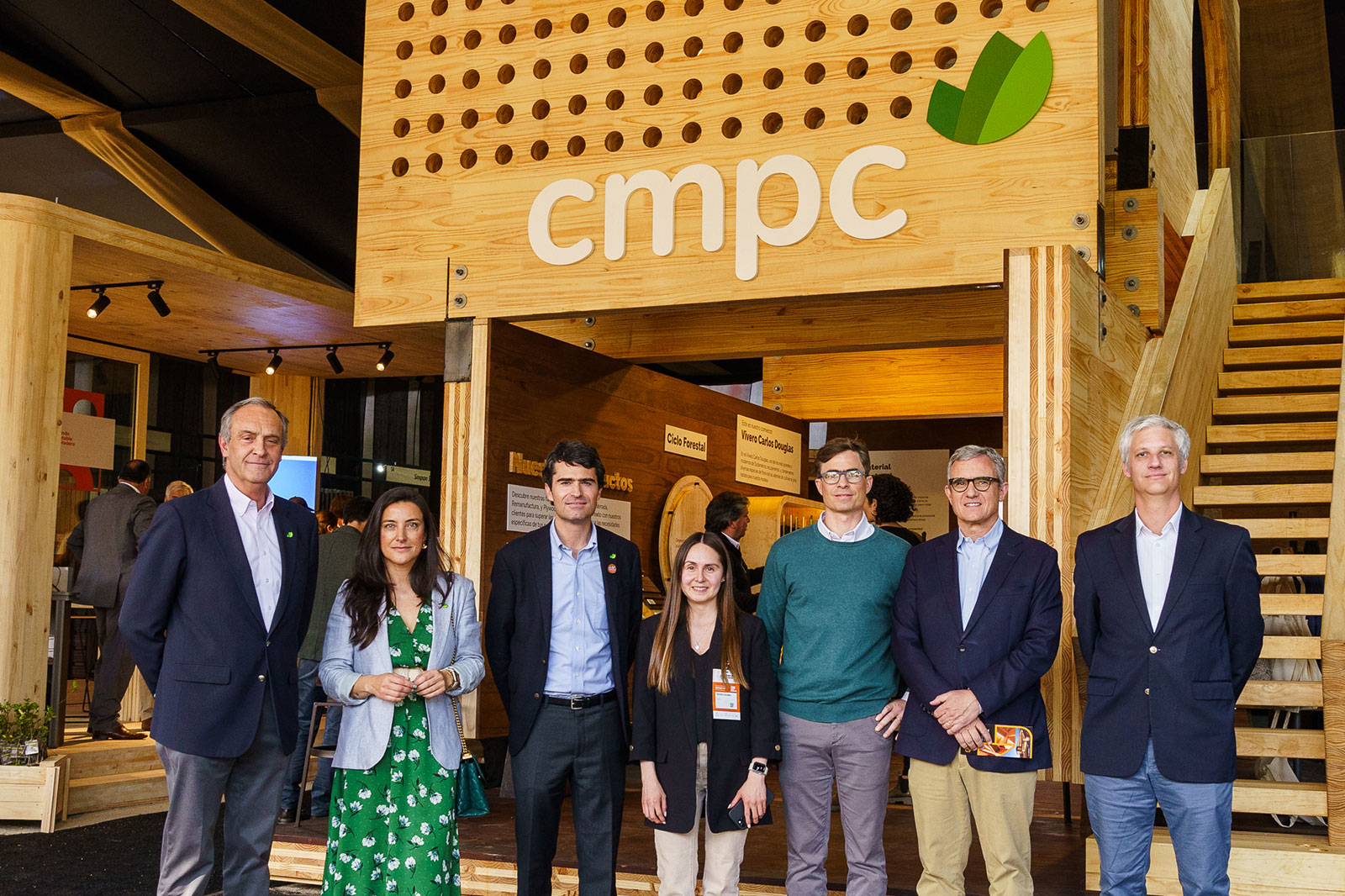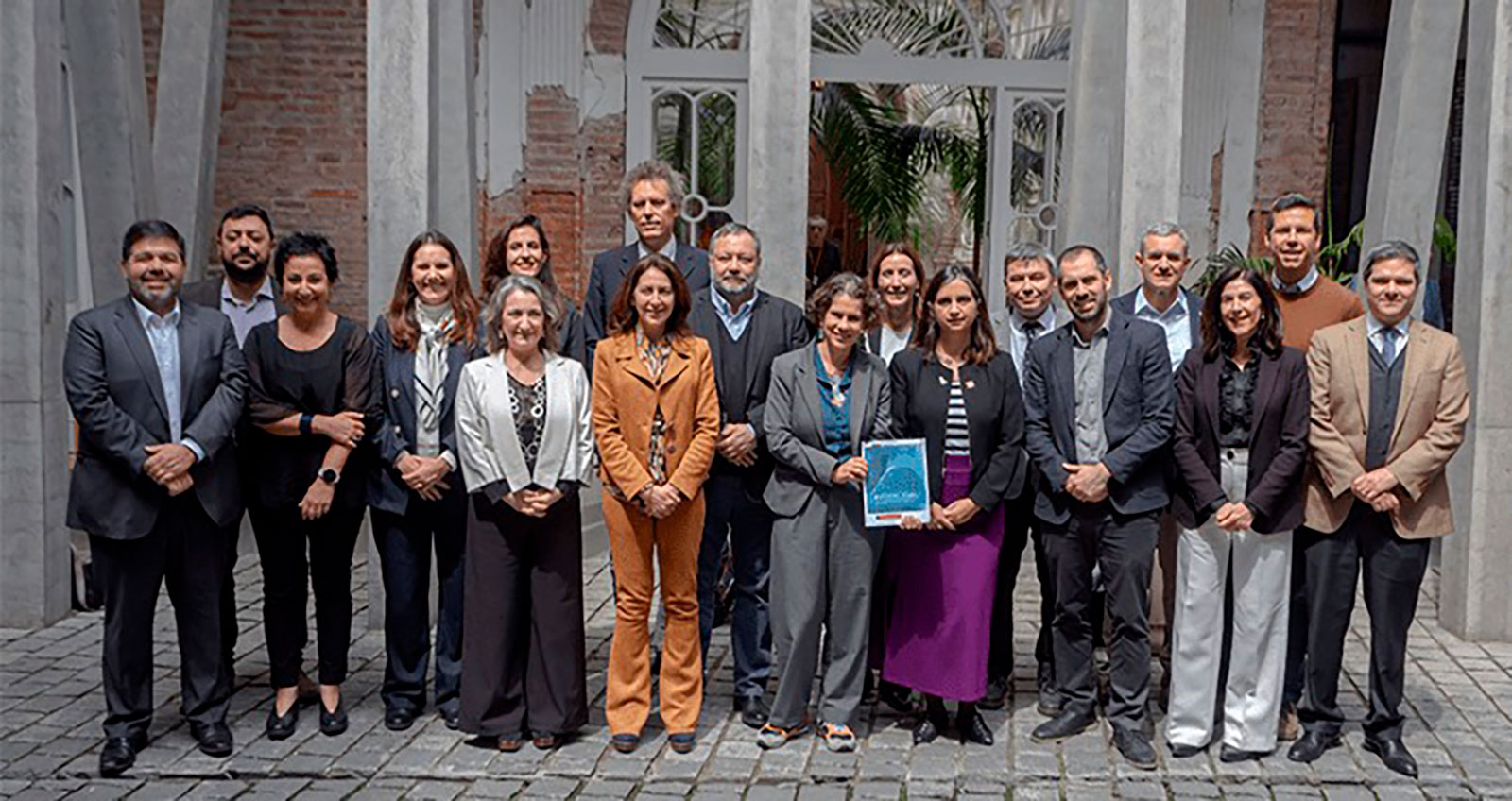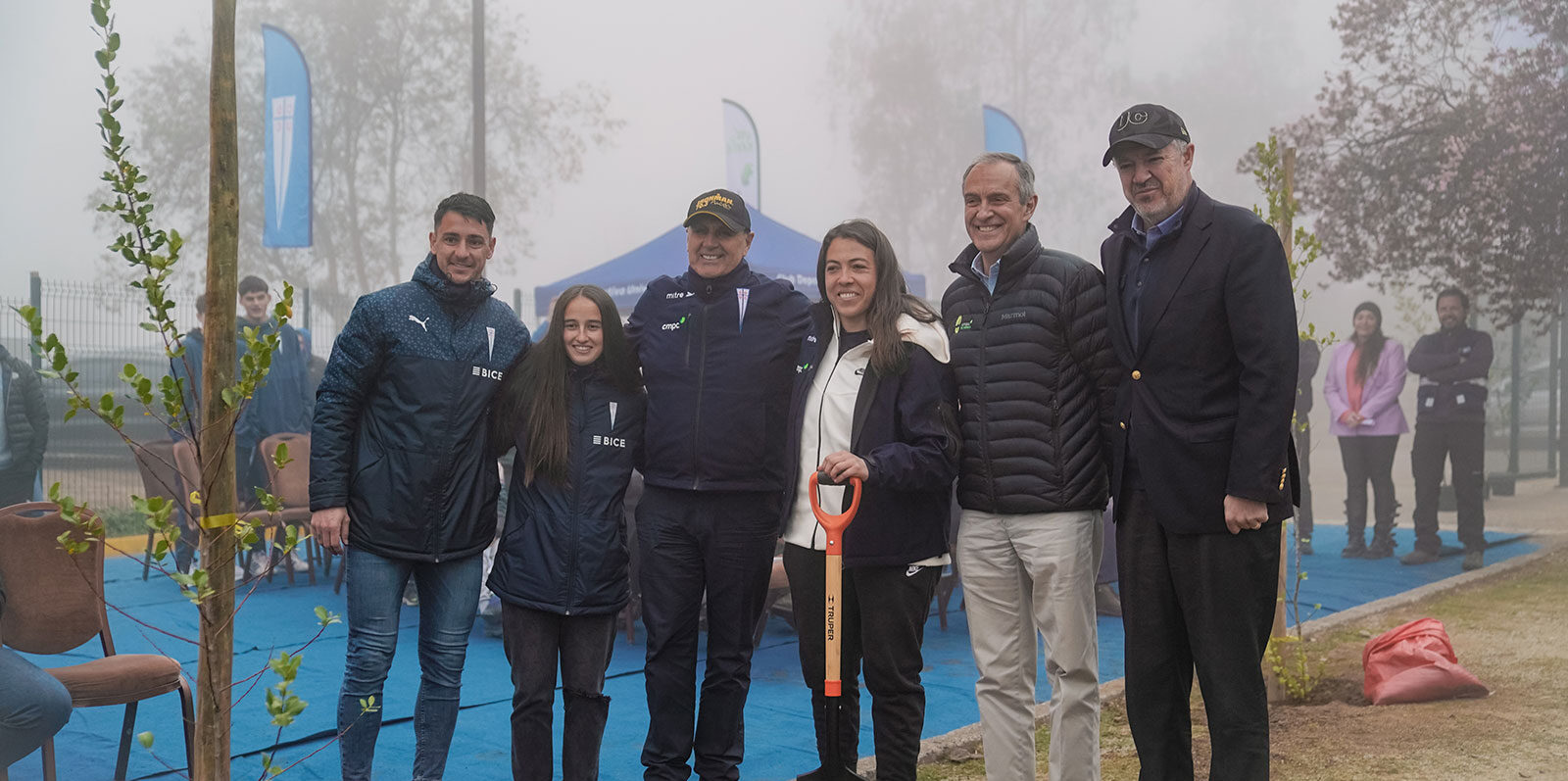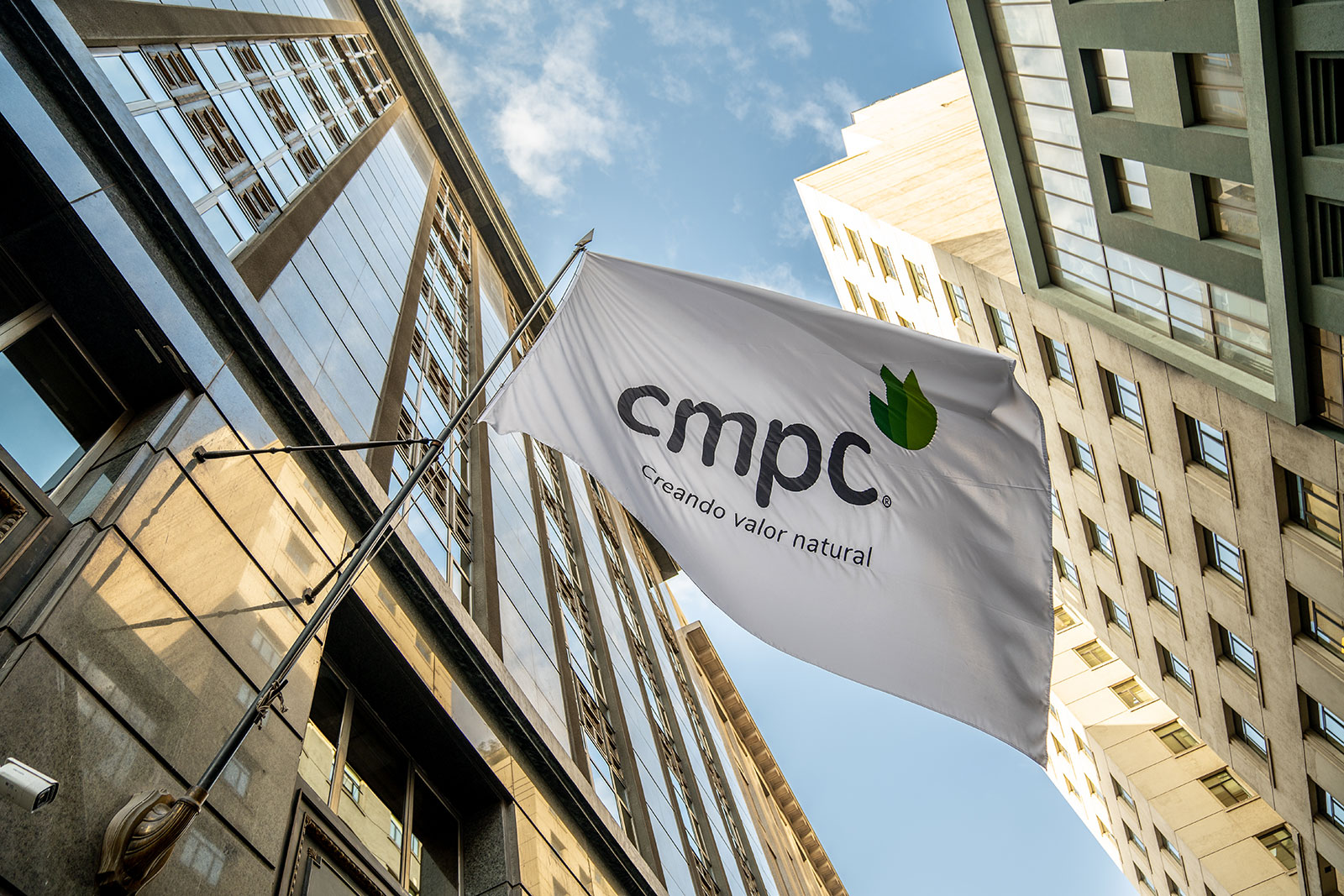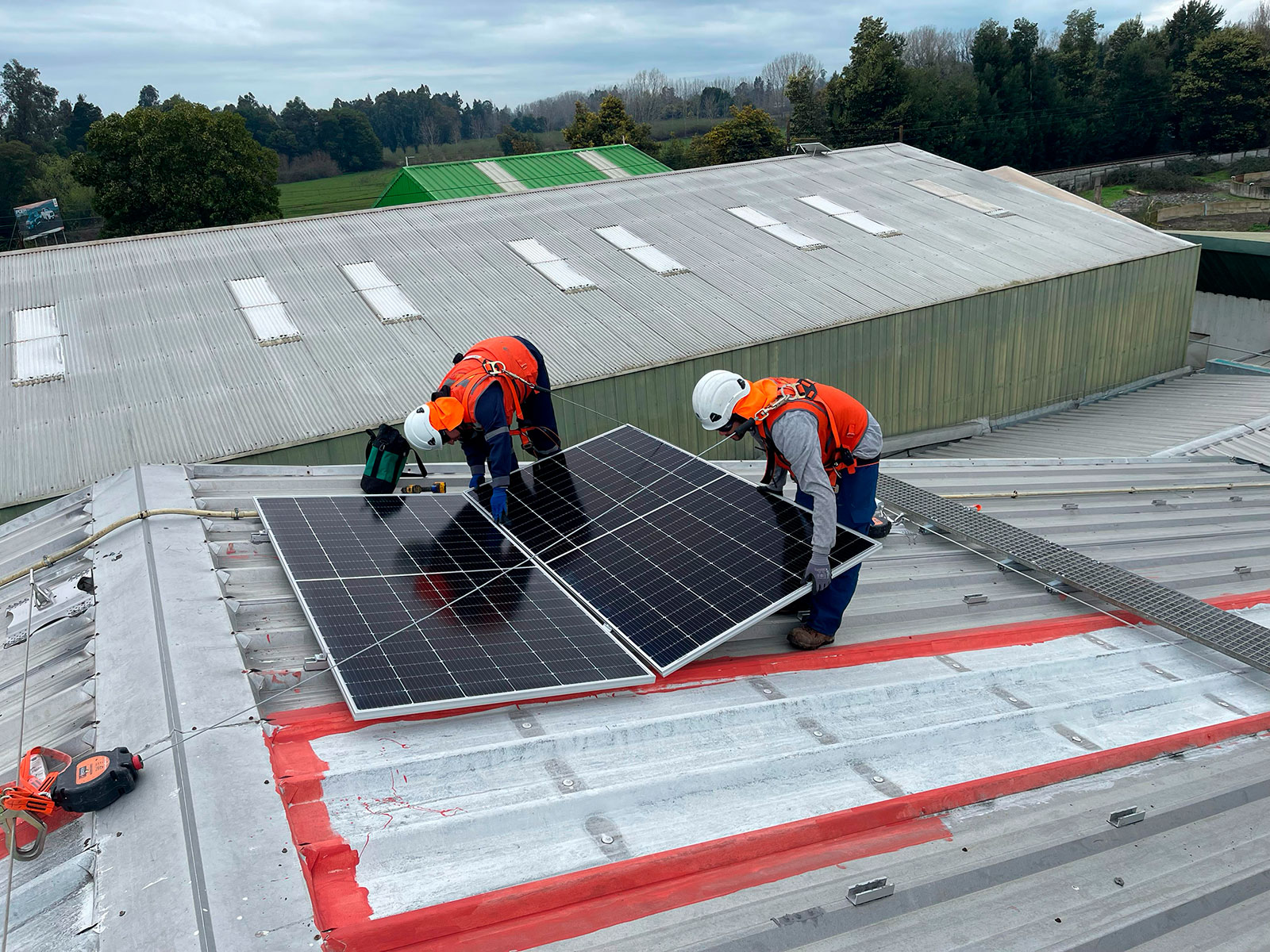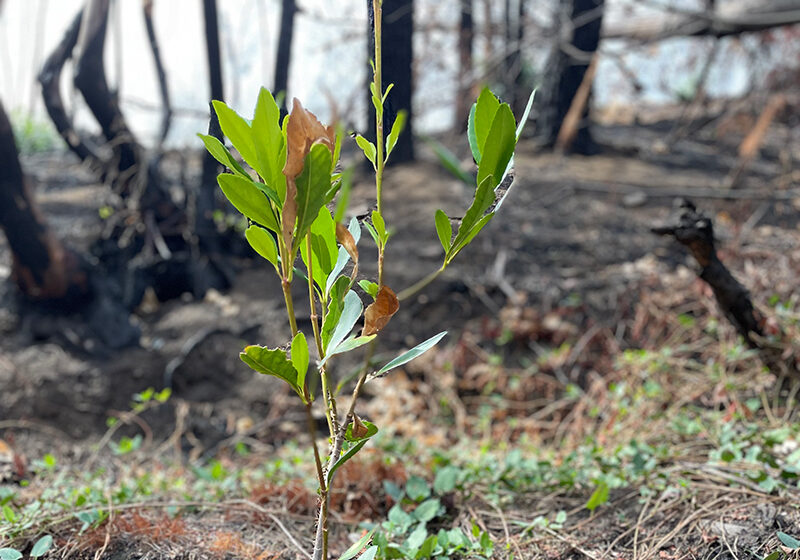
Chile’s largest biological corridor will be erected between the Biobío and La Araucanía Regions
21 de April, 2023
The “green highway” – which is part of the reforestation and ecological restoration plan that CMPC is implementing in the areas affected by the fires that happened in south-central Chile – will seek to conserve and recover different species of flora and fauna, such as the pitao, an endemic tree that grows from the Maule Region to the south.
At one hundred and 40 kilometers long and 100 meters wide, it will be the largest “forest highway” in Chile. The initiative is part of the reforestation and ecological restoration plan that CMPC is implementing in southern Chile after the voracious fires of summer 2023. This corridor of endemic species will span the Regions of Biobío and La Araucanía and protect biodiversity because it will have flora and fauna different from that which is found on a productive plantation.
“These types of corridors, in addition to guaranteeing biodiversity, favor ecological and evolutionary processes, which is why they are of the utmost importance,” said CMPC Forestry Technology Manager Jean Pierre Lasserre under the framework of International Mother Earth Day 2023, a commemoration that began in the United States in 1970. Since then, every April 22 is a day for raising awareness about the environmental problems facing our planet.
Lasserre explains that these areas link two or more points of interest, maintaining connectivity in order to prevent species isolation of various kinds. Chile currently has two: the Nevados de Chillán – Laguna del Laja biological corridor in Biobío that is dedicated to conserving the Huemul habitat and the Cumbres de Namuncahue, in Namuncai, near the Villarrica National Reserve.
Such “green roads” are an effective tool for increasing and diversifying the native flora and fauna as well as the genetic base while reducing the likelihood of species extinction.
“In the case of the fires that affected the districts of Angol, Rénaico, Nacimiento and Santa Juana, we are going to create this surrounding biological corridor, connecting important areas for species conservation and recovery such as the pitao, an endemic tree at serious risk of extinction,” says Lasserre.
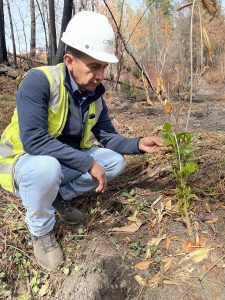
Likewise, CMPC is working on two more corridors; one that will connect the High Conservation Value Area (HCVA) and Los Ruiles restoration area of the El Desprecio estate with the Los Ruiles National Reserve, in the Maule Region, and another that will link the Contulmo Natural Monument with the future Contulmo National Reserve in the Araucanía Region. Both will be complete in 2025.
Lastly, another emergency that the company will address is the environmental harm caused by the potential soil degradation wrought by the fires. The company is carrying out different actions to deal with this situation. One of them is the restoration of all native forest consumed by the flames.
Moreover, Jean Pierre Lasserre said, “More than 5,300 water containment dams are being built in basins that are on 49 company properties that supply water to 1,500 families. These public works will reduce the speed of the water and prevent turbidity and soil erosion.” There are another 21,000 dams and works in addition to 300 hectares of oat crop for soil containment.
This set of reforestation and ecological restoration plan activities will involve an investment of more than three billion pesos for implementation.

